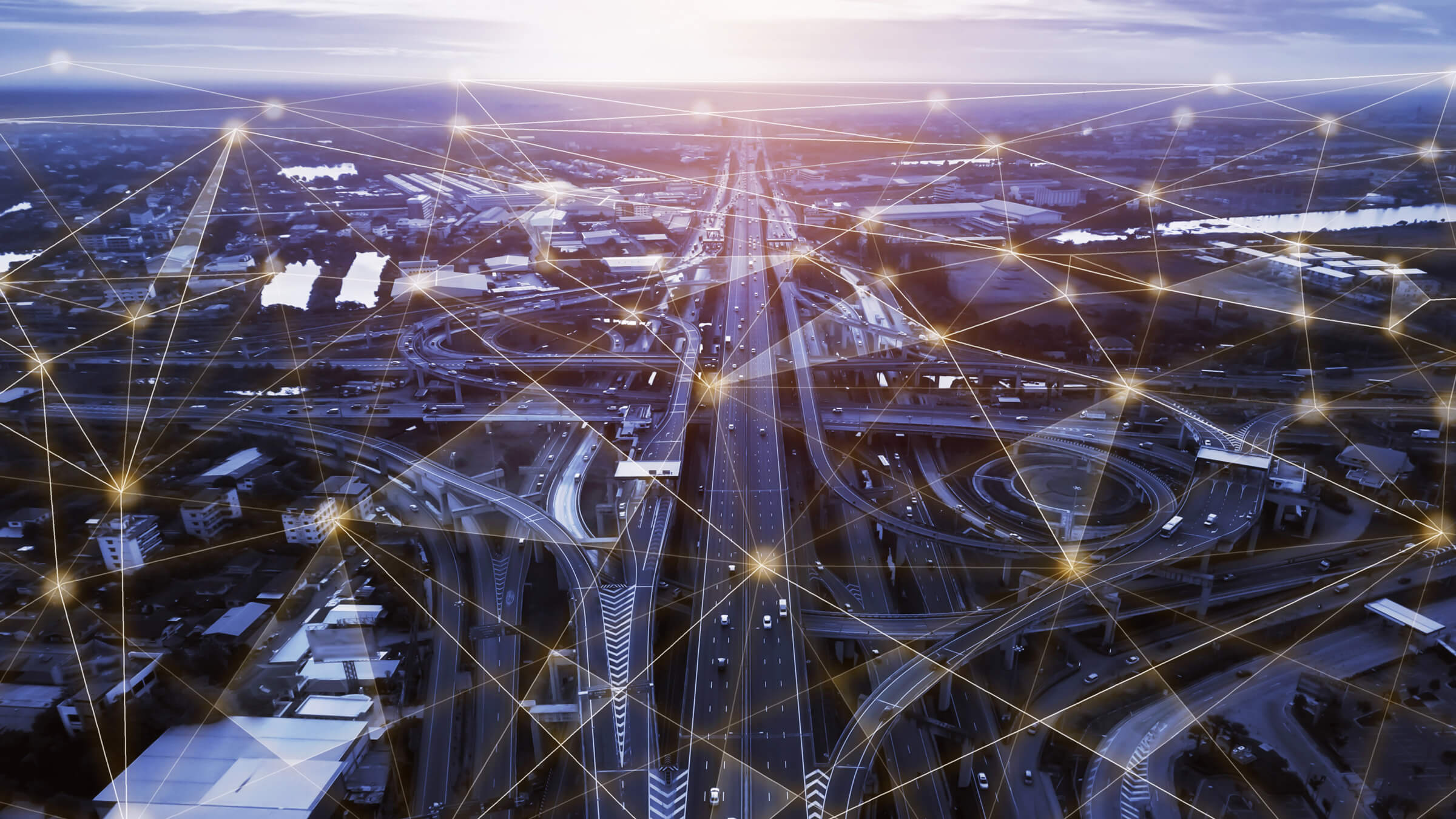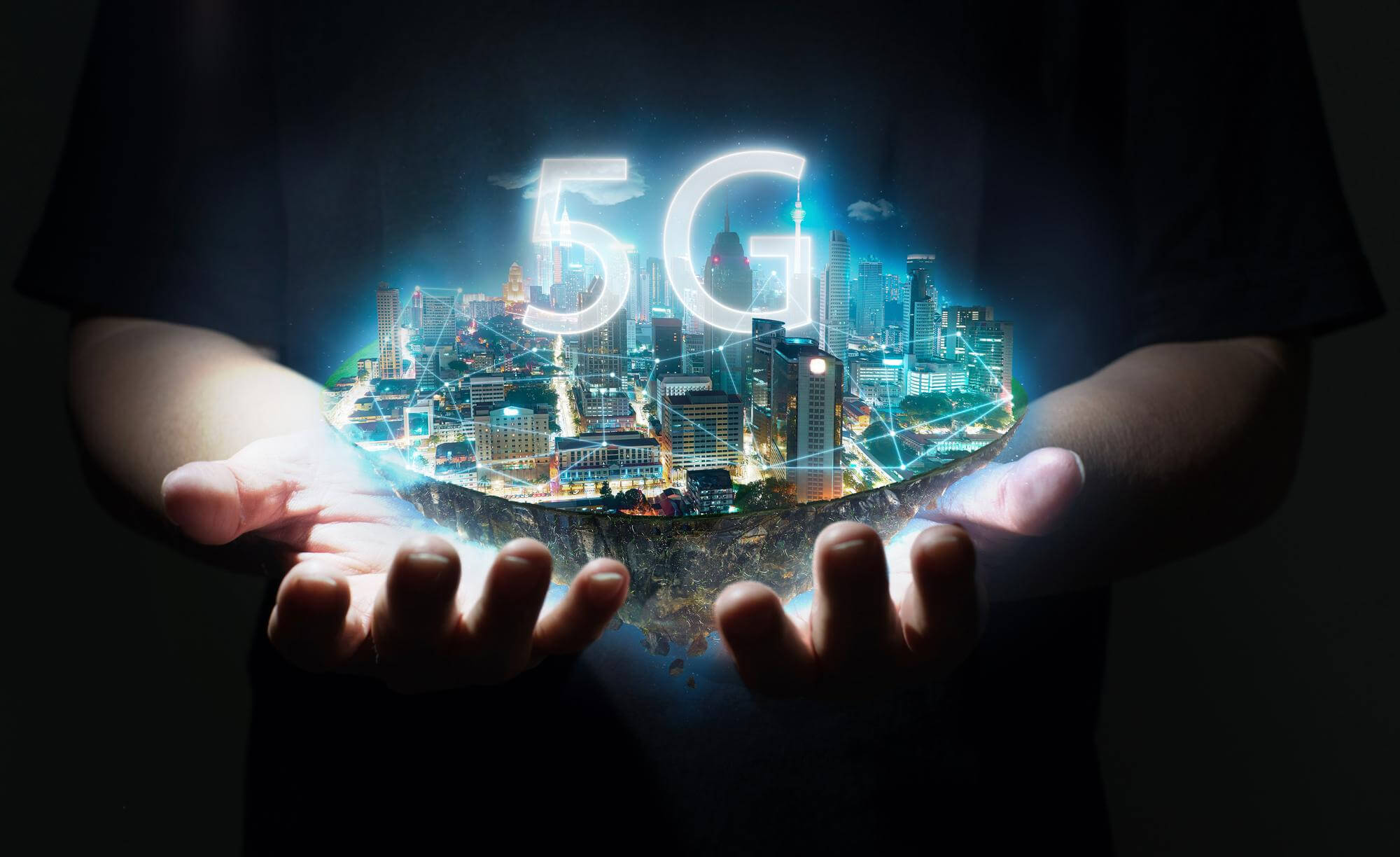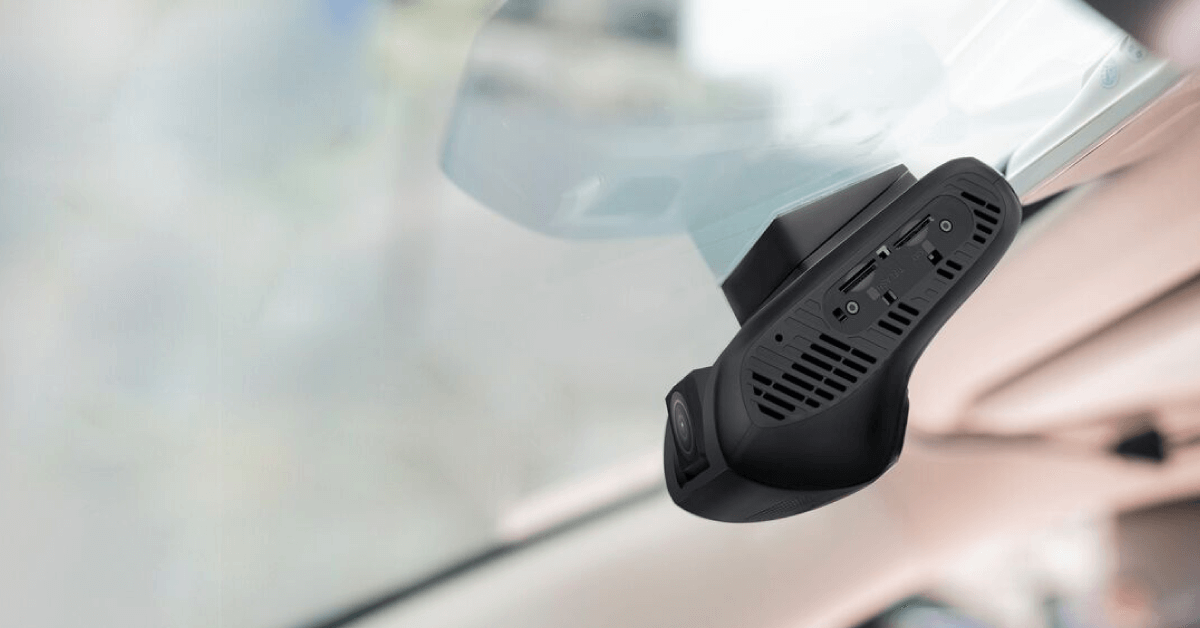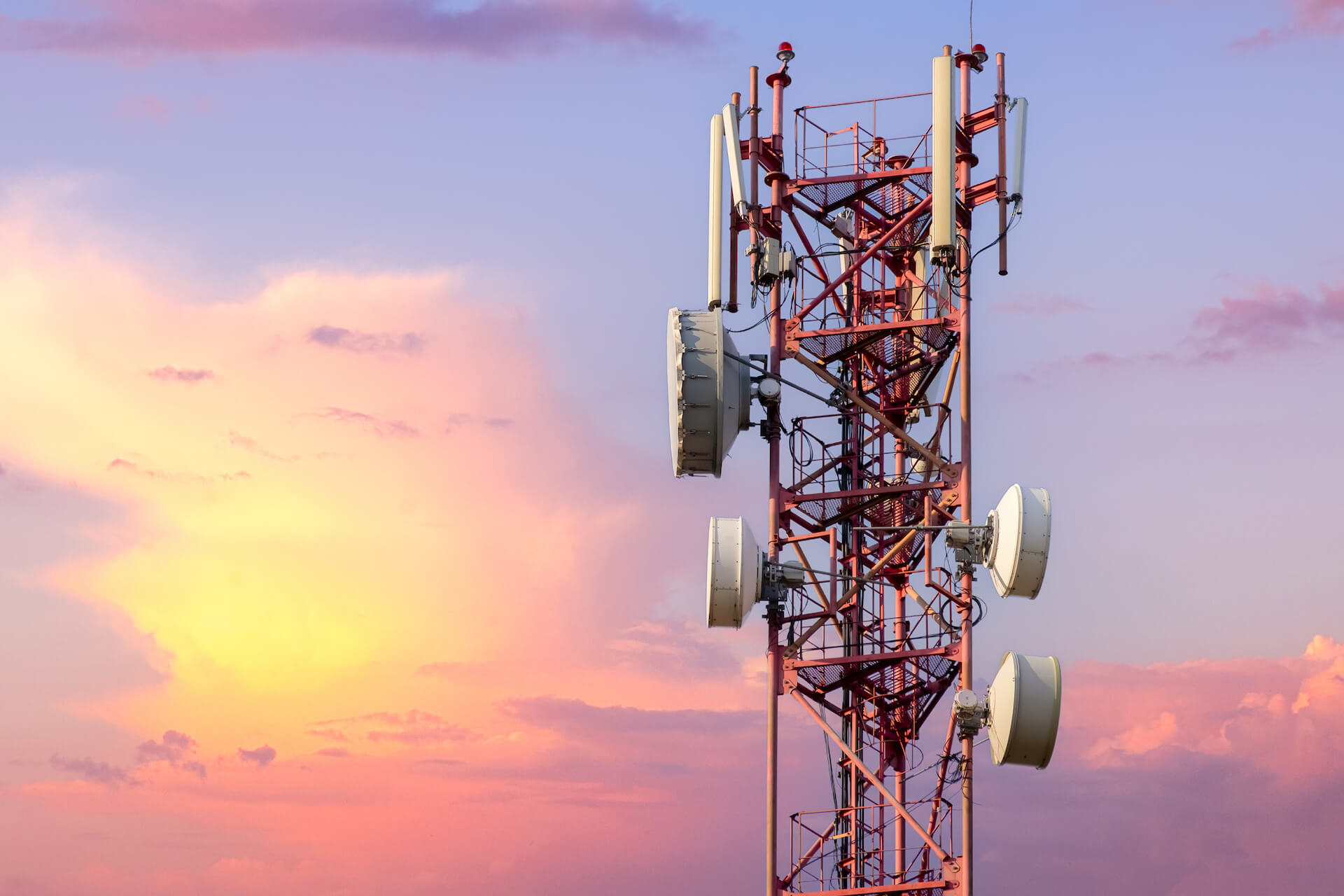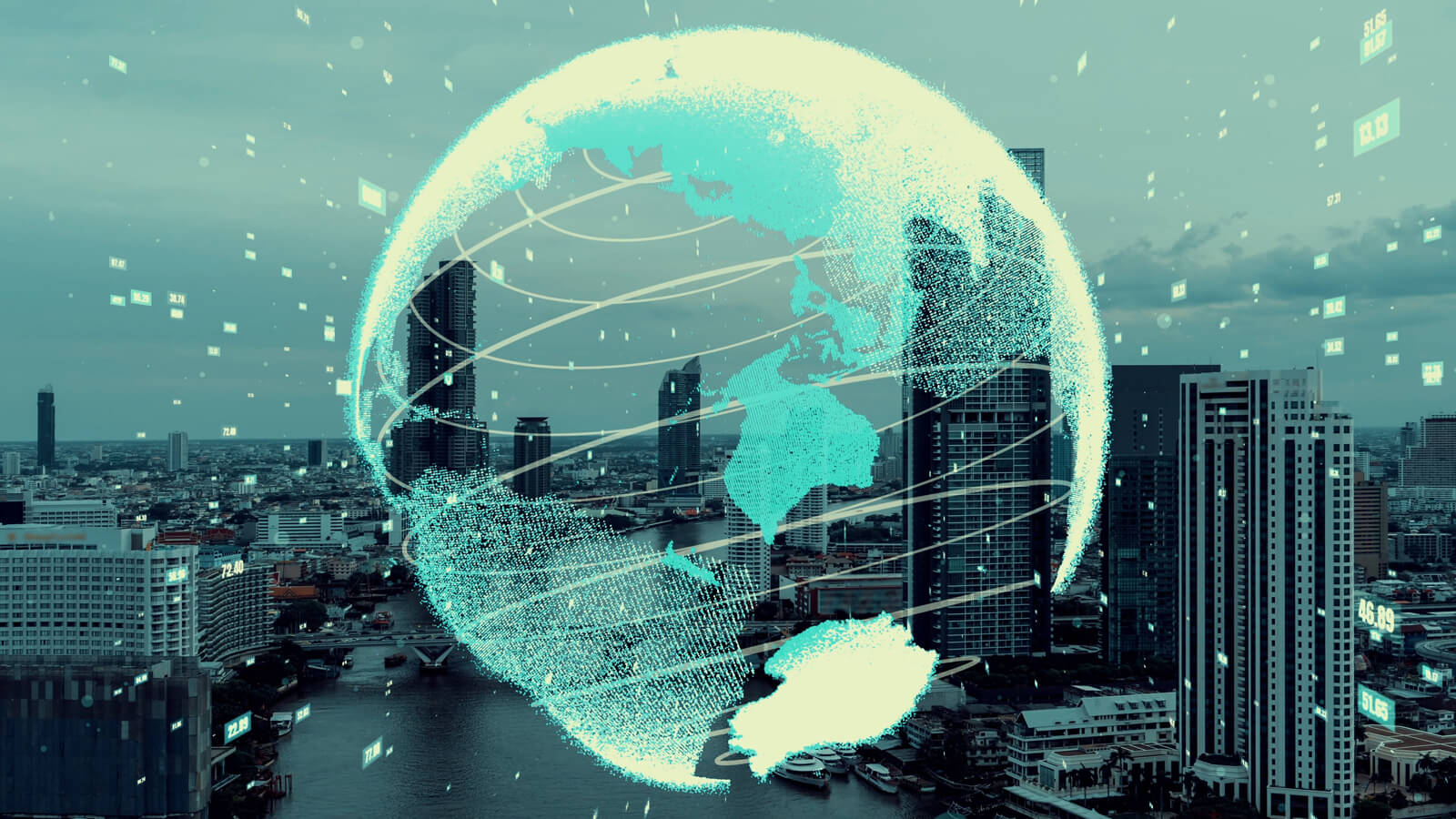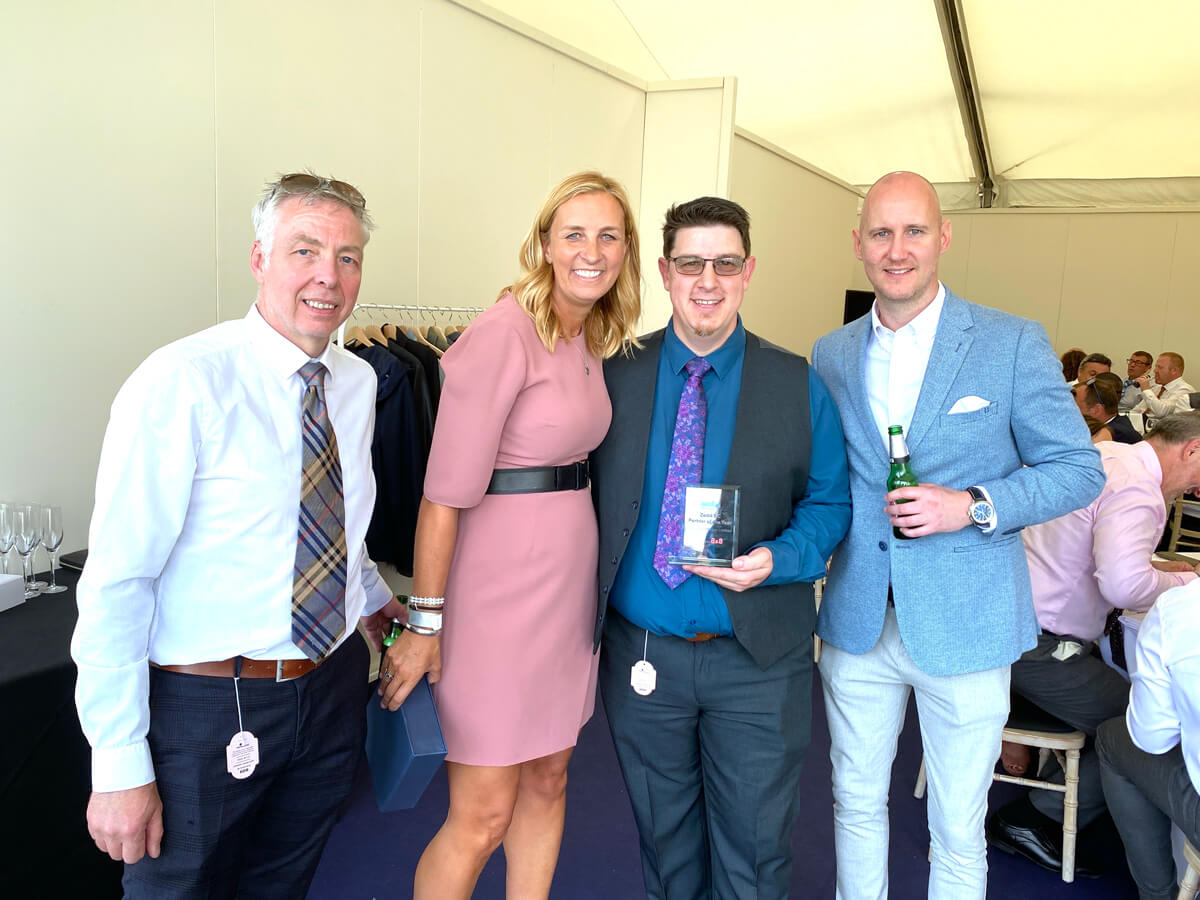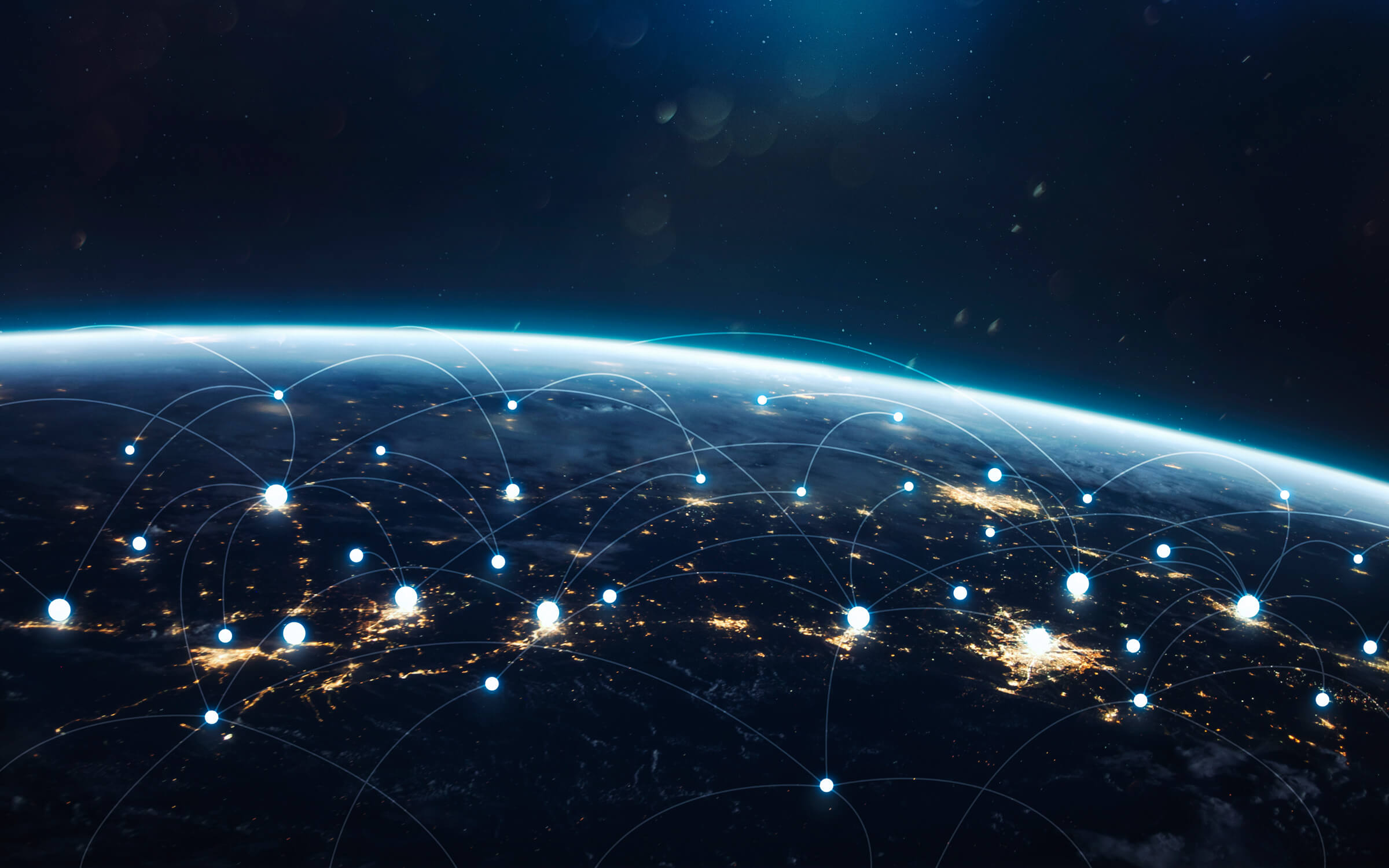Traditionally, city and town planners would use pen and paper to create living and recreational spaces to live in, commute around and relax in. We have more concerns now when we construct these spaces; the environment, health of inhabitants, and to keep our busy roads moving.
Now, these planners have access to a plethora of vital tools that can help them build cities that are much more for everyone. By using a connected approach; installing sensors and monitors to track and analyse usage, they can ensure that the people living and working in these cities will have better, more efficient, and possibly safer lives.
CCTV:
Used to prevent crime as well as support evidence of crime, CCTV remains an important part of any city planning. By using IoT through cellular connectivity it is possible to save batteries (and therefore energy) by only switching cameras on when movement is detected in an area. Through analysis they can also determine best locations for cameras and where some cameras can be taken down due to inactivity.
Waste Management:
A work-in-progress for IoT and planners at the moment, refuse collection is always a hot topic for residents in any city or town. The future could see sensors in bins so that they are collected when they reach capacity rather than on a particular day of the week. Apps are already available to download to find nearest public bins.
Traffic Control:
Having up-to-date information at hand for traffic is vital for emergency services, ANPR camera systems (automatic number plate recognition) are critical to safety and crime prevention, as well as this digital road signage can help alleviate congestion and reduce air pollution. By setting monitors and keeping connected the population will keep moving fluidly and safely.
Street Lighting:
It has been the cause of attention in recent years, too many lights creating light pollution versus not enough lights leaving residents feeling vulnerable and unsafe. Intelligent Street Lighting can increase levels of security, the sensors on street lights can also be used for providing public WiFi or to connect movement sensors on CCTV circuits.
Pollution:
As we talked about in our Smart Spaces post, there’s loads of ways IoT can help cut pollution – from sensors on lights and fridges to cutting congestion. Smart Buildings reduce pollution, so the more of those in a city, the greener the space.

